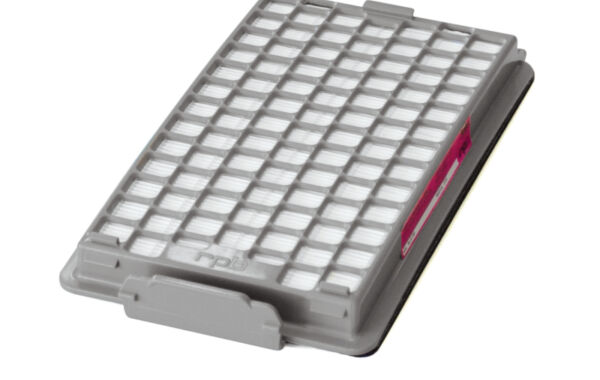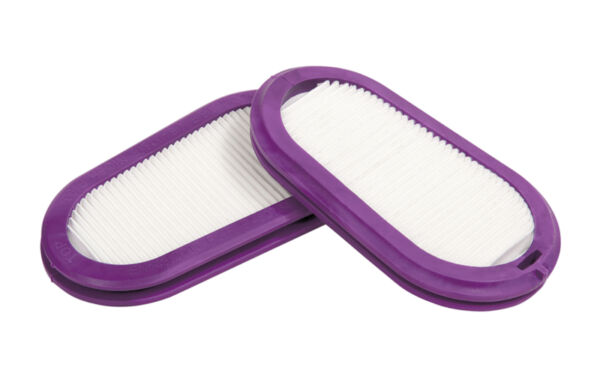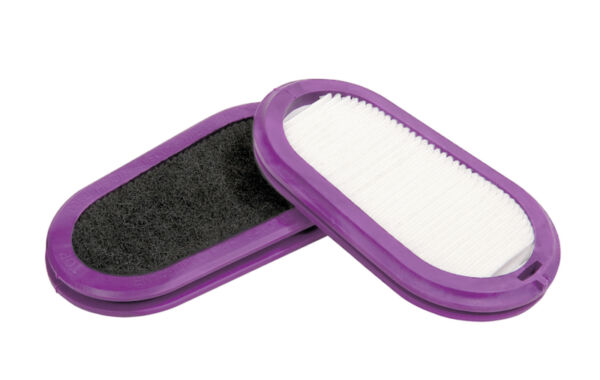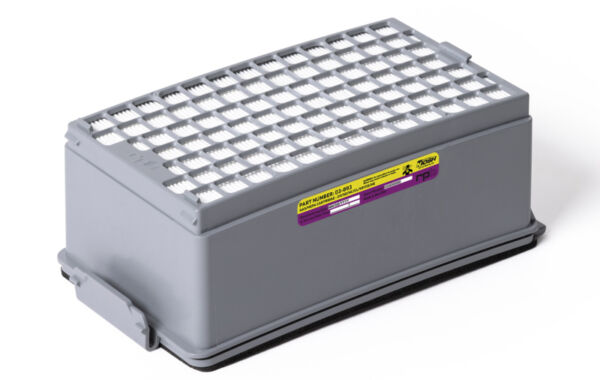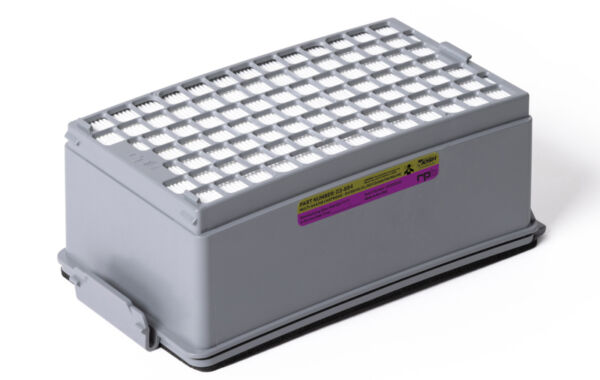
When it comes to using respiratory protection, knowing the right type of filter or cartridge that you need is critical.
Back to Articles & Resources View all Using Your Respirator content
Related Articles
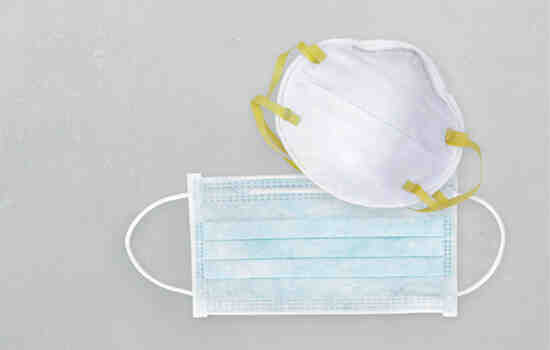
Disposable Respirator vs Surgical Mask
Still unsure of what disposable protection you need? We break down the differences between disposable respirators and surgical masks.
Read more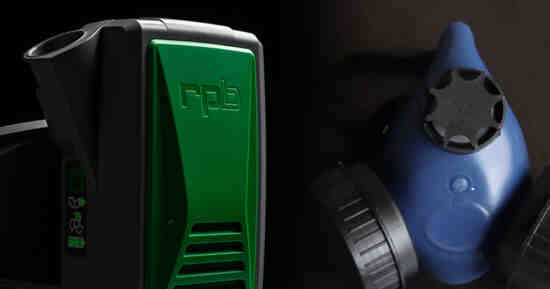
Costs of cartridge masks vs. PAPRs
Looking for a respirator, but not quite sure what to get? Here we’ve broken down the costs of cartridge masks compared to a PAPR.
Read more
What respiratory protection do you need?
When selecting a respirator it’s important to understand the demands of your role in order to get the best possible protection for your lungs.
Read more